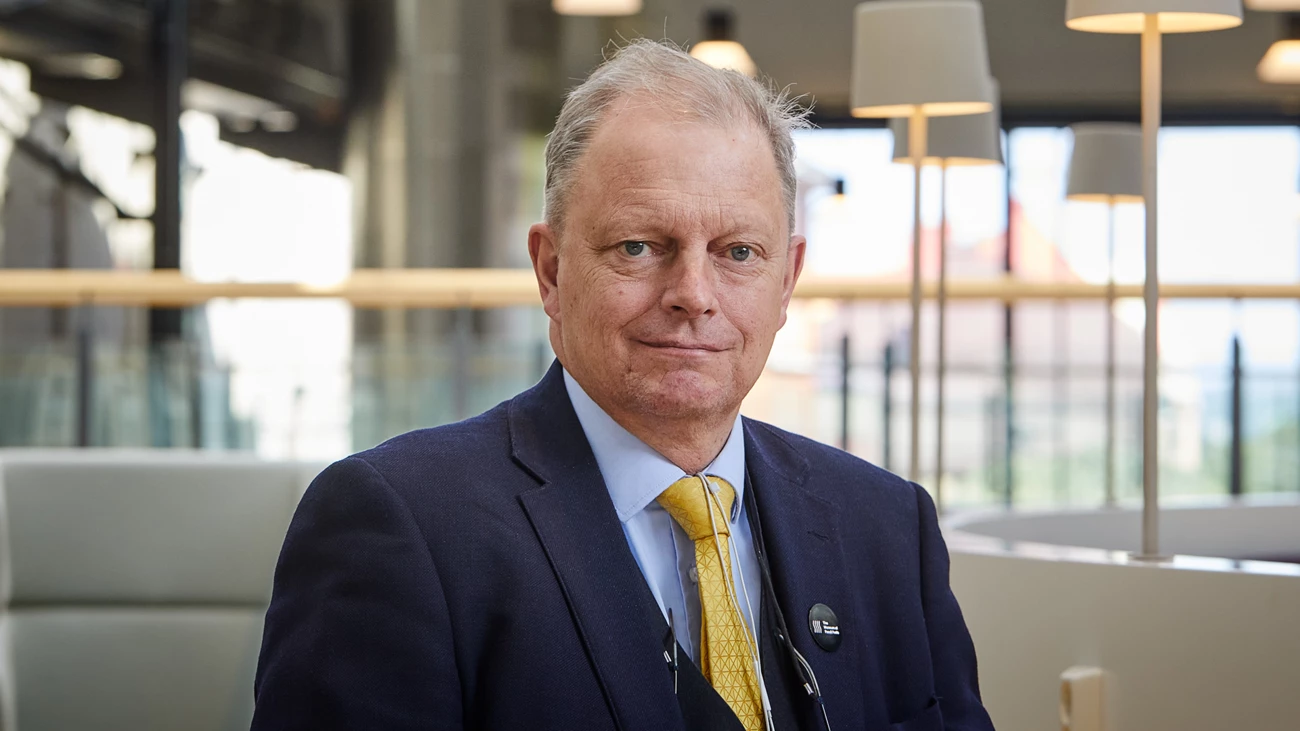The professor Tomas Kåberger (TK) shares his unique insights with Nordea’s Viktor Sonebäck (VS) in the latest Nordea On Your Mind. In this interview the duo discusses the pros and cons of different energy sources, such as fossil fuels, nuclear and renewables, and what key factors to consider.
VS: Would you briefly tell us about your academic and industry background, as well as your various current engagements?
TK: I have tried to understand the energy system from many perspectives. My basic training was in physics and thermodynamics. My PhD thesis explored the frontier between thermodynamics and economics, and I have worked a lot with energy and environmental policy for various government committees and commissions. I have worked in environmental citizens' organisations, industry federations, energy companies, investment funds and I was Director General of the Swedish Energy Agency in 2008-11. Having been active mostly in Sweden, I spent ten years as a part-time visiting professor in China, and for more than ten years I have headed an energy institute in Tokyo. And I have had some assignments in the EU and Abu Dhabi over the years.
VS: Considering the future needs of a Nordic electricity system, how would you describe the pros and cons of different energy sources; for example, nuclear, renewables and fossil fuels? What are the key factors to consider? Price? Stability? Safety? Something else?
TK: Talking about "needs" tends to downplay price and costs, which are ultimately decisive for the demand. The dramatic decrease in the cost of solar and wind electricity over the last decade has made these energy sources the lowest-cost option for new power in most parts of the world. This year, renewable electricity generation capacity is set to grow more than the total growth in electricity demand.
But even more important is that good solar and wind sites in the world have since a few years offered electricity cheaper than energy from crude oil. This is a fact that has been obscured by trading unit measures such as USD per barrel of oil and USD per MWh of electricity. This has made it easy to let electricity substitute for oil in the transport sector and in industry. We now even see the opportunity to use cheap renewable electricity to produce hydrogen and other fuels to replace fossil fuels, and even coal in the steel industry.
As price is important for these industries, their behaviour will help balance the electricity system. You do not want to charge batteries or produce hydrogen when electricity is expensive, you only do it in periods of cheap, abundant electricity. This will help system stability and reduce price volatility.
There are some old terms that have lost their relevance. "Base load power" was a 20thcentury term describing power plants with high capital cost and low marginal cost – typically coal-fired plants. Base load plants were built to operate all around the year, covering just about the minimum – base load – of customer demand. Higher demand was met with low-capital cost, high-operating cost plants, typically oil or gas-fired plants. Today, the low-cost renewable plants operate whenever they can with almost zero marginal cost. What used to be "base load plants" are out-competed. We can see it in the Danish system, where large coal-fired plants have been permanently shut, or in Texas where the company Energy Future Holdings, specialising in such plants, has gone bankrupt twice.
Another term that is no longer relevant is "inertia". Heavy machines with synchronous generators used to be stabilising voltage and frequency in the system with the kinetic energy they stored. Today, the lowest-cost stability services are provided by combinations of batteries storing the energy, and power electronics stabilising the grid faster and cheaper than old thermal plants with heavy generators. This was first illustrated by the success of the Tesla-supplied Hornsdale Power Reserve in South Australia, and then by procurement results in other parts of the world as well.
Whenever CO2 emissions cost money, the transition from fossil fuels to renewable energy is accelerated.
In real world experience, nuclear power is – to cite former IEA director Nabuo Tanaka – "ridiculously expensive and utterly uncompetitive". The danger lies in proponents again and again over-selling the technology, creating deficiencies in private and public investment budgets. This is the case for all western and most Asian projects, clearly described in the World Nuclear Industry Status Report 2022, and by the IEA. Approximately one in ten nuclear power construction projects have been abandoned before being completed, including recently the two reactor projects at Summer in South Carolina in the United States. And no one wants to assume economic liability for major nuclear accidents.




